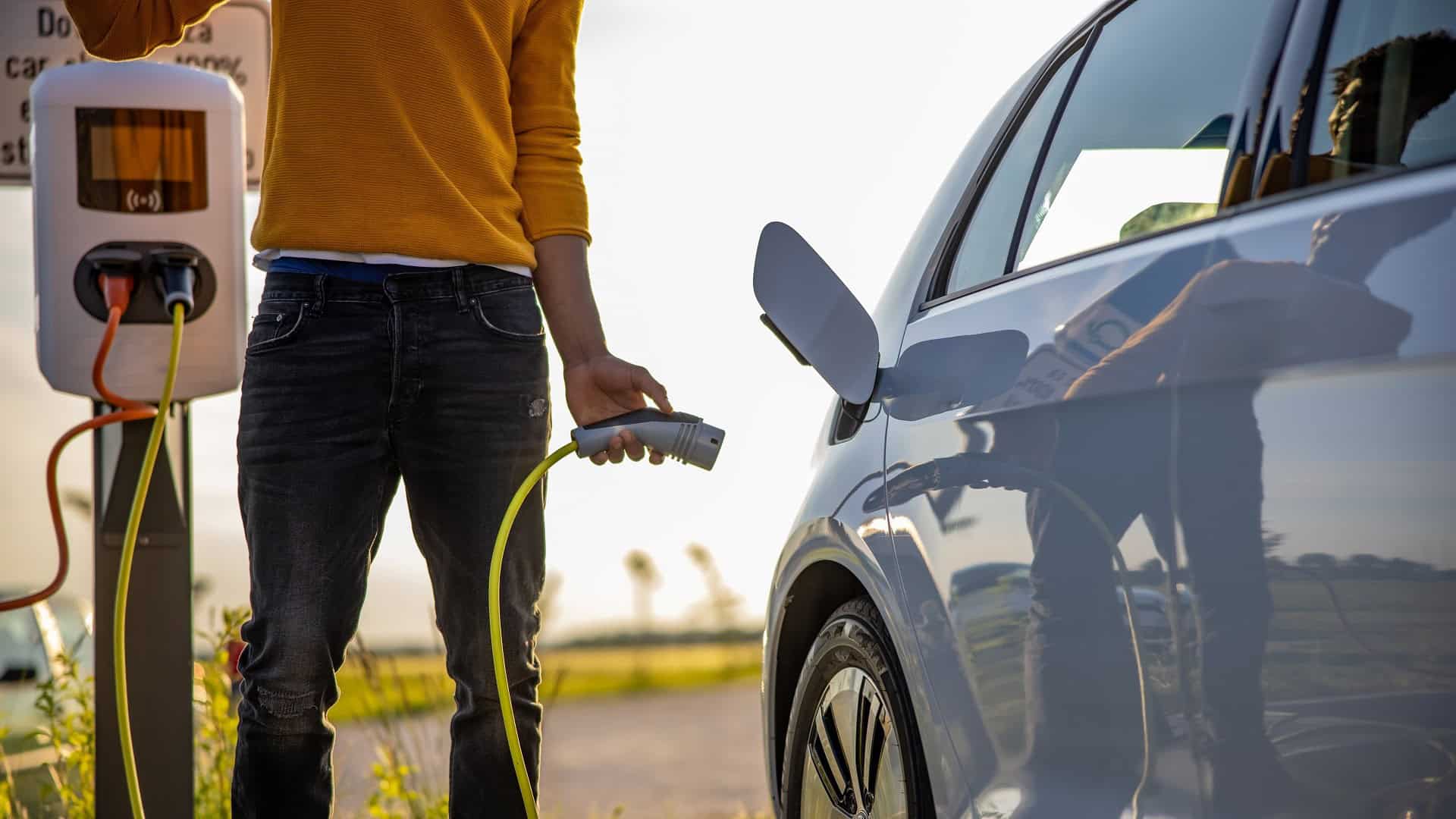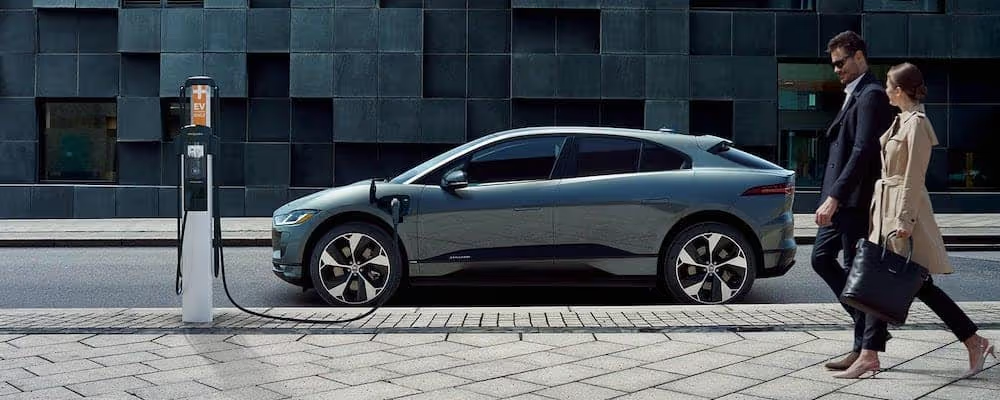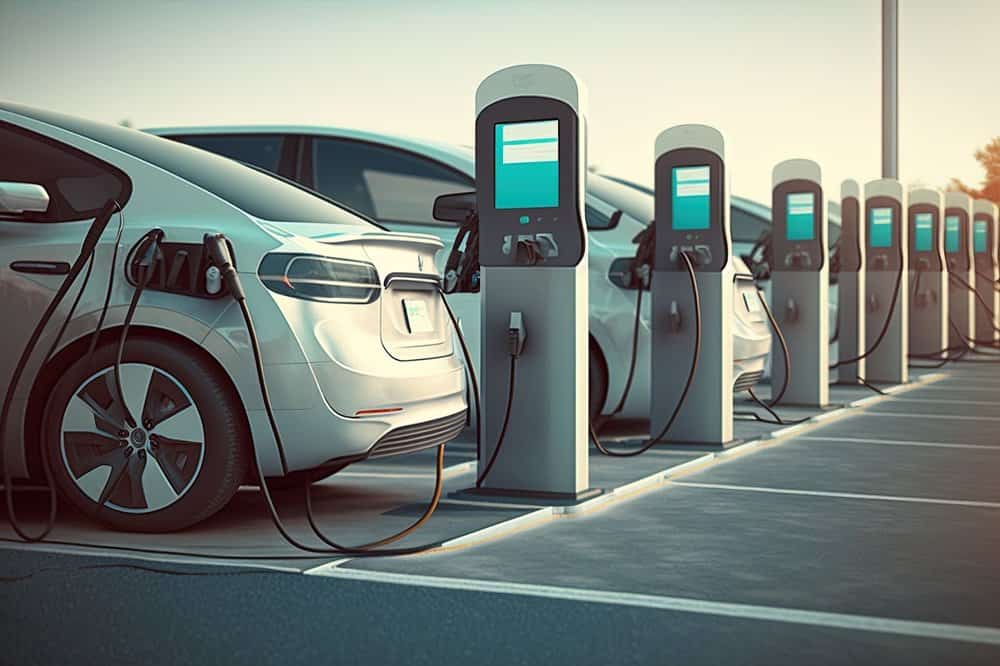With gas prices bouncing around like a caffeinated squirrel and the planet practically begging us to cool it with the emissions, electric cars are having their moment. But before you jump on the EV bandwagon, one big question looms—how much electricity do these things actually chew through?
Calculating Electric Car Energy Consumption
Think of an electric car’s energy consumption like your phone’s battery life—some days it lasts forever, and other times it drains faster than you'd expect. Instead of miles per gallon, EV efficiency is measured in kilowatt-hours (kWh) per mile—which is just a fancy way of saying how much power it needs to roll forward.
If an EV sips 0.3 kWh per mile, then a 100-mile drive would take:
0.3 kWh × 100 miles = 30 kWh
That’s your car’s energy bill for the trip. Simple, right? But don’t get too comfortable—real-world numbers are about as predictable as the weather. Hills, speed demons, and even the temperature can all throw those calculations for a loop.

Image Credits: gobankingrates.com
1. How Much Electricity Does an Electric Car Use?
Electric cars don’t sip fuel; they devour electricity. But how much? That depends on a few key ingredients—where you live, how big your battery is, and how much energy disappears into thin air during charging.
To ballpark the cost of a full charge, you can use this little equation:
cost of a full charge = electricity rate (per kWh) × battery capacity (kWh) ÷ charging efficiency
Now, let’s decode that:
- Electricity rates are all over the place. Some areas practically give power away at 10 cents per kWh, while others make you pay premium prices closer to 30 cents. Peak hours? That’s when the electric company really makes you suffer.
- Battery capacity is like a gas tank but for volts. A small commuter EV might carry a 40 kWh pack, while a highway-crushing beast like a Tesla Model S stuffs in 100 kWh or more.
- Charging efficiency isn’t perfect. Not all the energy you pull from the grid makes it into the battery. Some gets wasted as heat, so most EVs charge at about 90–95% efficiency. If your car is older or if it’s ridiculously cold outside, that number can dip.
Calculation Example
Say your car has a 60 kWh battery, your electricity costs 14 cents per kWh, and your charger operates at 92% efficiency.
0.14 × 60 ÷ 0.92 = somewhere around 9 dollars
That’s nine dollars for a full charge, which could take you a couple of hundred miles. Compare that to gas prices, and suddenly, plugging in looks pretty sweet—unless, of course, you live somewhere with eye-watering electricity costs.
2. How Much Electricity Does an Electric Car Use Per Month?
If you’re wondering how much your electric car is sneaking off with in electricity costs each month, it all boils down to four things: how far you drive, how efficient your EV is, what your local electricity rates look like, and how much energy is lost in the charging process.
Here’s the magic formula:
monthly charging cost = (average miles driven per month ÷ efficiency in miles per kWh) × electricity rate
Let’s break that down:
- If you drive like the average American, that’s about 1123 miles a month—more if you love road trips, less if your car mostly collects dust in the driveway.
- Your car’s efficiency is a huge factor. Some EVs squeeze 4 miles out of every kWh, while others guzzle energy like it’s going out of style.
- Electricity rates? They’re unpredictable. You might be paying a dirt-cheap $0.10 per kWh, or you could be stuck with prices closer to $0.30 per kWh if you’re in a high-cost area.

Image Credits: qmerit.com
Calculation Example
Say your car gets 4 miles per kWh, your monthly driving distance is 1123 miles, and your electricity rate sits at 14 cents per kWh:
1123 ÷ 4 × 0.14 = about $39.30 per month
That’s around $40 a month to keep your EV rolling—probably less than what you used to spend on a single gas station snack run.
3. How Much Electricity Does an Electric Car Use in a Year?
According to the US departmentment of Transportation, an average American drives 13475 km a year. To calculate the yearly cost of fully charging an electric car, you need to consider the same factors as mentioned: the electricity rate in your area, your driving habits, the size of the car’s battery, and the charging efficiency. The formula to estimate the yearly charging cost is as follows:
Here’s the simple equation:
yearly charging cost = (annual miles driven ÷ efficiency in miles per kWh) × electricity rate
- Annual Driving Distance: Estimate the total miles you drive in a year.
- Electric Vehicle’s Efficiency: Determine the efficiency of your electric vehicle, typically measured in miles per kilowatt-hour (miles/kWh) or kilometers per kilowatt-hour (km/kWh).
- Electricity Rate: The average electricity rate in the US is 0.14 per kWh.

Image Credits: jaguarmissionviejo.com
Calculation Example
The average American drives about 13,476 miles per year. If your EV runs at 4 miles per kWh, and your electricity rate sits at $0.14 per kWh, the math looks like this:
13,476 ÷ 4 × 0.14 = roughly $471.66 per year
That means, on average, an EV owner in the U.S. would spend less than $500 annually to keep their car charged. To put that into perspective, that’s often less than what some gas car owners pay in a single month—especially if they’re driving a gas-guzzler.
4. How much electricity does an EV home charger use?
Charging an electric vehicle at home isn’t as simple as plugging in your phone. The electricity consumption depends on several factors, like your charger’s power rating, the size of your car’s battery, and how fast you want that battery topped up. Let’s break it down.
Charger Power Rating
Not all chargers are created equal. Some trickle power into your car like a slow-dripping faucet, while others unleash a firehose of electricity. Home chargers typically come in 3.6 kW, 7.2 kW, and 11 kW options. The bigger the number, the faster the charge—assuming your car can handle it.
Battery Capacity of the Electric Vehicle
Your car’s battery is essentially an energy sponge. Small EVs may have 30 kWh batteries, while high-end, long-range models boast 100 kWh+ packs. The larger the battery, the more electricity it takes to fully recharge.
Charging Speed and Time
- Level 1: Uses a standard outlet—perfect for patience enthusiasts who enjoy waiting 24+ hours for a full charge.
- Level 2: The best EV home charger hits the sweet spot, requiring a dedicated circuit but delivering way faster charging.
- Level 3: The ultra-fast option found at public stations—so fast that your car might finish charging before your coffee order is ready.
Calculation Example
Let’s say you’re using a 7.2 kW Level 2 charger at home and have an EV with a 60 kWh battery.
How long does a full charge take?
Charging Time = Battery Capacity (kWh) ÷ Charger Power Rating (kW)
60 kWh ÷ 7.2 kW ≈ 8.33 hours
How much electricity does that use?
Electricity Consumption = Charger Power Rating (kW) × Charging Time (hours)
7.2 kW × 8.33 hours ≈ 60 kWh
So, running your 7.2 kW charger to fully charge a 60 kWh battery from empty would use around 60 kWh of electricity.
If you want to save energy costs and have solar panels, find out how to use a solar panel to charge a Tesla at home. Charging your car with sunlight means your "fuel" costs exactly $0, which is hard to beat.
Factors Influencing Electric Car Energy Consumption
Electric cars seem straightforward—plug in, charge up, and drive. But the way they burn through battery power? That’s a whole different story. Some days, your range seems solid. Other days, it vanishes faster than your phone battery on max brightness. What gives? Turns out, plenty of things quietly chip away at your charge, some more obvious than others. Let’s break it down:
1. Vehicle Efficiency
Some electric cars are like marathon runners, stretching every watt for miles.
Others are more like gym bros who burn through their energy in an hour and need a recharge. Motor design, aerodynamics, and drivetrain efficiency all determine how much power actually moves the car and how much gets wasted as heat, friction, or just bad engineering.
2. Battery Capacity
Bigger battery = more range. Sounds great, right? But big batteries are also heavy, and hauling around that extra weight means you’re burning more power just to keep moving. It’s like carrying a backpack—light is great for speed, but pack in too much, and you’ll tire out faster.
3. Driving Style
Driving an EV like it’s a race car? Hope you enjoy seeing that range estimate drop. Hard acceleration, slamming brakes, and erratic speed changes all suck up extra power. EVs thrive on smooth driving. Treat the accelerator like a dimmer switch instead of an on-off button, and your battery will thank you.
4. Speed and Terrain
At low speeds, your car glides along using minimal power. But the faster you go, the more energy you burn fighting against air resistance. Push past 65 mph, and your battery starts working overtime just to shove the air out of the way. Want to maximize range? Keep it chill in the right lane.
Climbing a steep hill? Watch your energy usage skyrocket. Gravity is not your friend here. The good news? Regenerative braking on the way down helps recover some of that lost energy. But don’t expect it to even out—your battery still takes the bigger hit.
5. Environmental Conditions
Batteries are like that one friend who’s only comfortable in a very specific temperature range. Too cold, and efficiency tanks. Too hot, and cooling systems kick in, draining even more power. If you live somewhere extreme, expect your range to be all over the place.
6. Auxiliary Systems

Image Credits: evconnect.com
Unlike gas cars that borrow heat from the engine, EVs have to generate their own. That means cranking the heater in winter is like turning on an extra battery-draining appliance. AC in summer? Another energy hog. Even little things—heated seats, headlights, a blasting sound system—add up. If you’re low on charge, consider sweating it out or bundling up.
7. Vehicle Weight
Hauling a trunk full of stuff? Got a bike rack? Driving with four passengers instead of one? Every extra pound makes your EV work harder, so if you want to maximize efficiency, keep it light.
8. Tire Pressure and Type
Underinflated tires increase rolling resistance, making your car burn more power just to keep moving. Some EV-specific tires even have low rolling resistance designs to squeeze out extra miles. Check your tire pressure, because a few psi can be the difference between making it home or getting stranded.
9. Regenerative Braking
In a regular car, braking just wastes energy as heat. But in an EV? Regenerative braking lets you recover some of that energy and feed it back into the battery. It won’t work miracles, but it definitely helps in stop-and-go traffic.
10. Aerodynamics
Some EVs are sleek and smooth, slicing through the air. Others (looking at you, electric trucks) are shaped like rolling refrigerators, which means they have to work way harder at high speeds. The more aerodynamic your car, the less energy it takes to keep moving.
11. Vehicle Type
A fully electric car runs on battery power alone, so every factor above directly affects range. Plug-in hybrids, on the other hand, can switch to gas once the battery drains. That means their electricity use varies depending on how often you charge and how much you rely on gas. If you’re mostly on electric, the same efficiency rules apply.
Conclusion
EV range isn’t just about battery size—it’s a game of efficiency. Drive smarter, watch your speed, lighten your load, keep your tires in check, and be mindful of extreme temps. The more aware you are of what’s sapping your charge, the easier it is to stretch every mile out of your battery. To save more on EV charging costs, you can use solar panels and maximize renewable energy.














